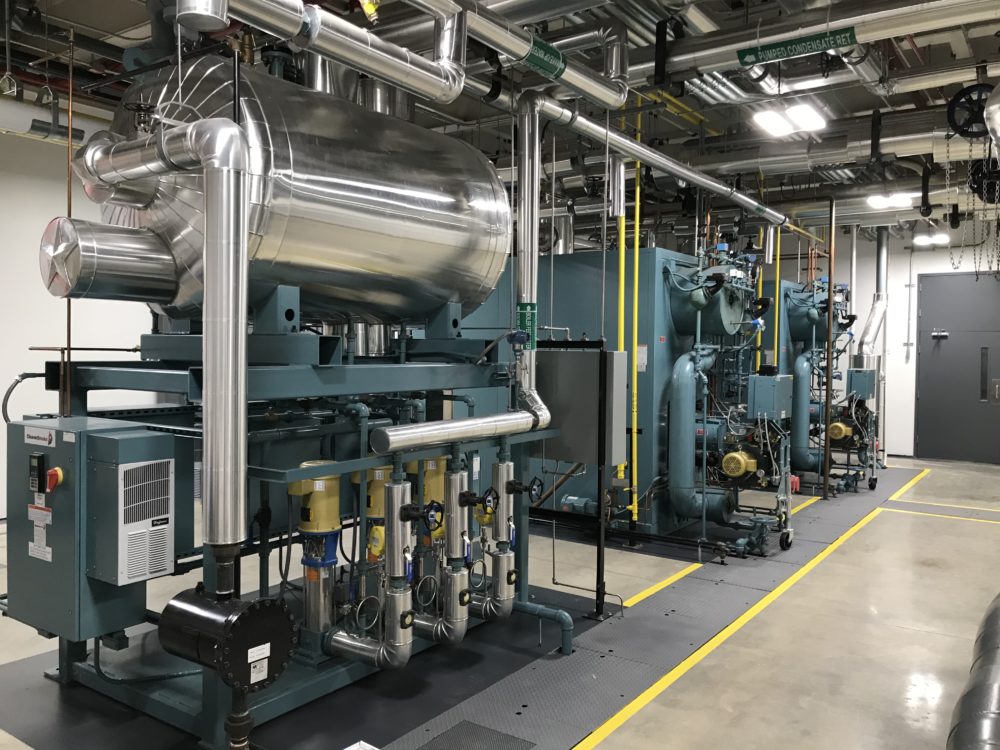Deaerator Performance Test – Best Practice No. 71

Do you want this article in PDF format? Download it here:
Download a PDFBest Practice No. 71
Is the Deaerator Operating at Design Specifications?
Why and How to Test the Deaerator?
1. DEAERATORS OVERVIEW
How do boiler plant management personnel know whether a deaerator is at peak performance? The technical paper will provide testing information to help plants ensure deaerators are achieving that goal.
Unfortunately, at least 27% of new deaerators installed by our engineering team fail to meet the ASME performance standard. An even higher number of operational units in the field do not meet this standard. Why is this such a large problem? It comes down to the lack of deaerator performance testing and dissolved oxygen testing.
The deaerator is a key component in providing high-quality boiler feedwater for boiler operations. Failing to provide high-quality feedwater can have a dramatic impact on the boiler operation as well as on the steam and condensate system.
Water preparation can be accomplished in many ways, from a simple water softener system to reverse osmosis systems.
2. WHY A DEAERATOR IS IMPORTANT
The deaerator is a key component of boiler systems. It has many functions, such as removing dissolved gases, storing boiler feedwater, and preheating boiler feedwater that will be delivered to the boilers.
The dissolved gases commonly found in the natural water supply are oxygen, nitrogen, carbon dioxide, and a few other minor gases. These gases must be removed from water or condensate exposed to the atmosphere because they can be corrosive in boilers and steam and condensate systems. Oxygen in water is very corrosive to metals widely used in manufacturing boilers, steam valves, process units, heat transfer components, and other components, including iron, steel, galvanized iron, and brass. The corrosiveness of makeup water or boiler feedwater containing dissolved oxygen rises at lower pH values and higher temperatures.
High oxygen content in the boiler feedwater will cause oxygen corrosion in the boilers, but oxygen corrosion can also occur in the deaerator. Plants need to conduct yearly visual inspections to detect premature failures of each component of the boilers and deaerators.
In the steam vapor state, condensate (water) must be present with oxygen to cause corrosion. High steam quality (94% or higher) containing oxygen is not corrosive. However, many steam system operations do not measure their steam quality. Boiler plants must test steam quality regularly to prevent corrosion. This is one of the many reasons that steam quality is extremely important in the steam system.
The steam will release the latent energy from thermal losses, or the processes will consume the latent energy, and condensate (water) will form in the system. Therefore, the deaerator must remove this oxygen from the makeup water or condensate exposed to the atmosphere or air. Condensate containing oxygen is extremely corrosive and is one of the major reasons for condensate system failures.
Nitrogen, unlike oxygen, is an inert gas that has no corrosive effects on metals. Even so, its presence in steam will reduce heat transfer. However, because of its presence and because the methods for gas removal are nonselective, it must be removed with the oxygen during the deaerator operation.
Like oxygen, free carbon dioxide is found in most natural makeup water supplies. Unlike oxygen, only very small amounts are picked up from the atmosphere. Decaying organic matter found in makeup water amounts of carbon dioxide. The carbon dioxide content of rainwater is less than 2 ppm; however, many water supplies contain between 40 and 280 ppm of free carbon dioxide. The difference is due to the amount of decaying organic matter present in these makeup water supplies and the formation history of the water source.
Carbon dioxide is corrosive and has the highest cause of premature failures in the condensate system. The condensate system’s lower temperatures (below 204oF) accelerate the effects of corrosion.
3. DEAERATOR PERFORMANCE TESTING
How does a plant know whether a deaerator is meeting at the required performance levels? The performance measure is dissolved oxygen content in the deaerator feedwater. Dissolved oxygen testing is typically done on the deaerator storage section or on the boiler feed pump discharge piping.
The measurement to target comes from the ASME standard: 7 ppb dissolved oxygen content.
Due to the harmful effects of corrosion on the boiler, steam, and condensate system, we highly recommend that plants take online dissolved oxygen measurements.
The test can be conducted by the chemical vendor for the boiler plant. Many vendors perform this testing for no charge. Today, online dissolved oxygen meters are used because the dissolved oxygen measurement is considered critical.
If the deaerator is going to be sample tested, then the dissolved oxygen test needs to be conducted at least every six months. The dissolved oxygen testing of the boiler feedwater supplied by the deaerator is accomplishedby the colorimetric (color compactor) indigo carmine method. The sulfite chemical needs to be turned off to the deaerator for at least 48 hours prior to the dissolved oxygen test.
The boiler plant needs to have the proper sample cooler system in operation to ensure an accurate sample test of the deaerator. Follow the recommendations of your chemical vendor to ensure a proper sampling system is installed.
ASME PTC 12.3 Testing Methods is an excellent reference for deaerator testing. The code provides rules and test procedures to determine the performance of deaerators with regard to residual dissolved oxygen in the deaerated boiler feedwater stored in the deaerator. However, there are other valuable reference materials for reviewing, which are as follows:
- Deaerator Performance Testing – A guideline (2004), American Boiler Manufacturers Association
- ASTM International, D5543-09 – Standard test method for low-level dissolved oxygen in water.










